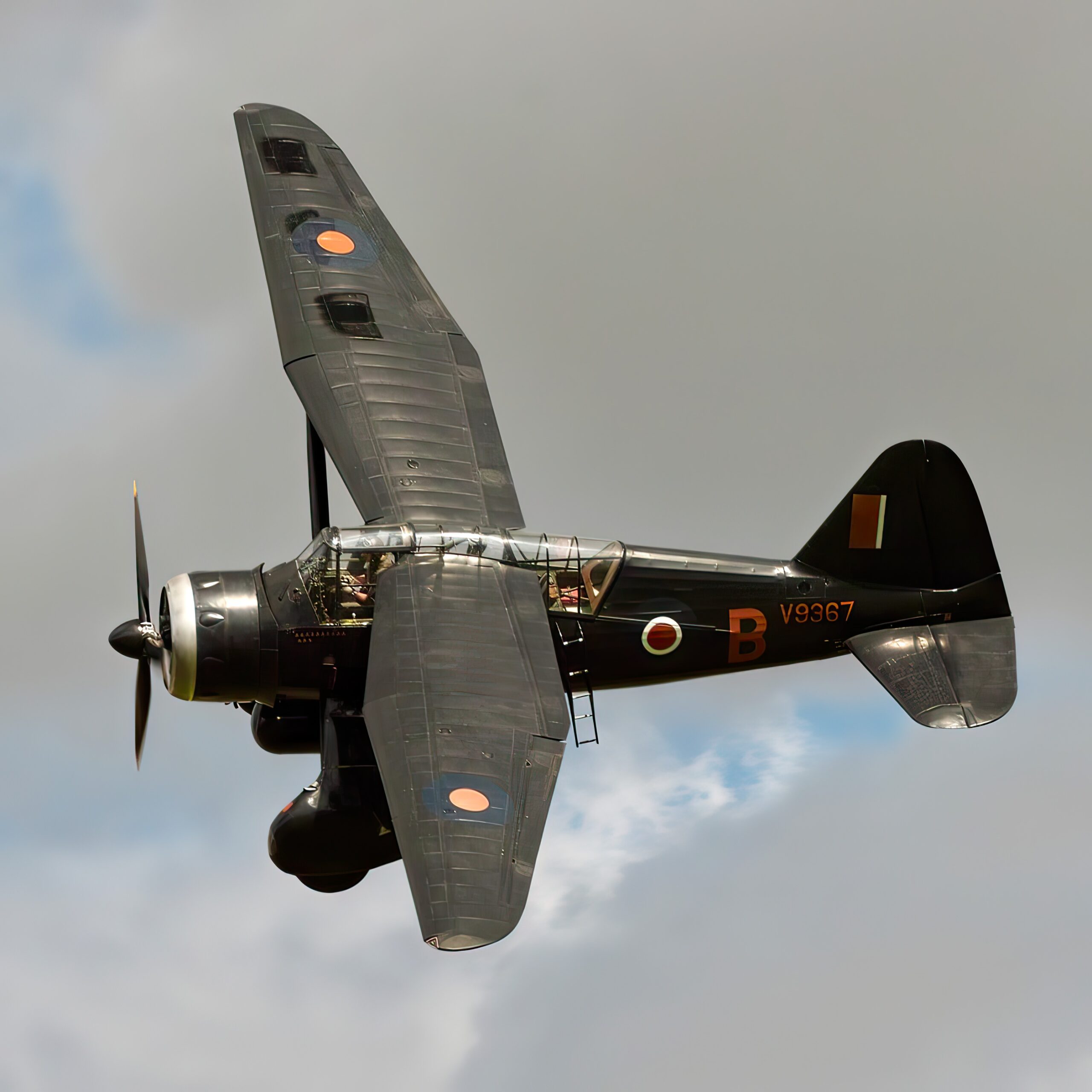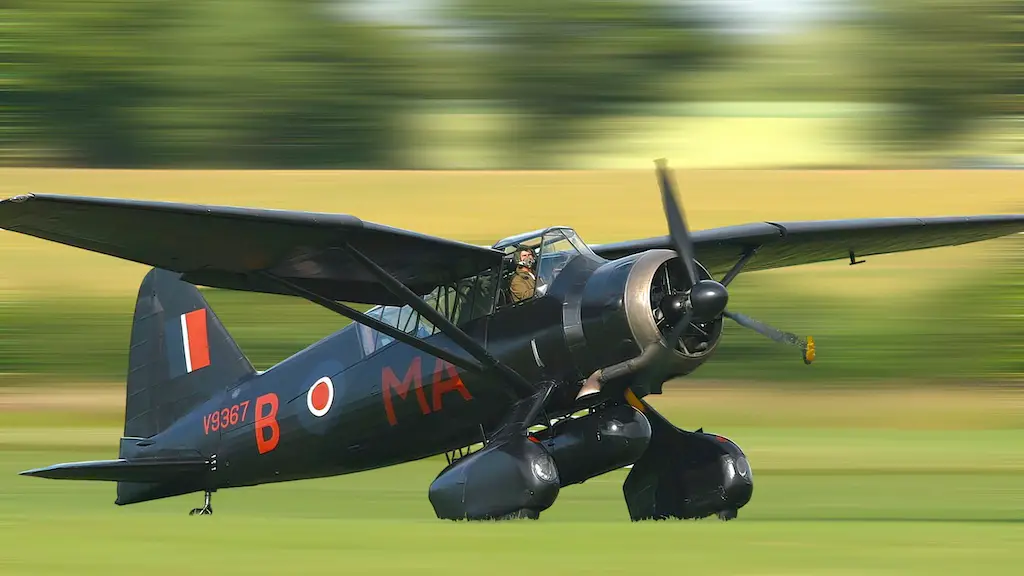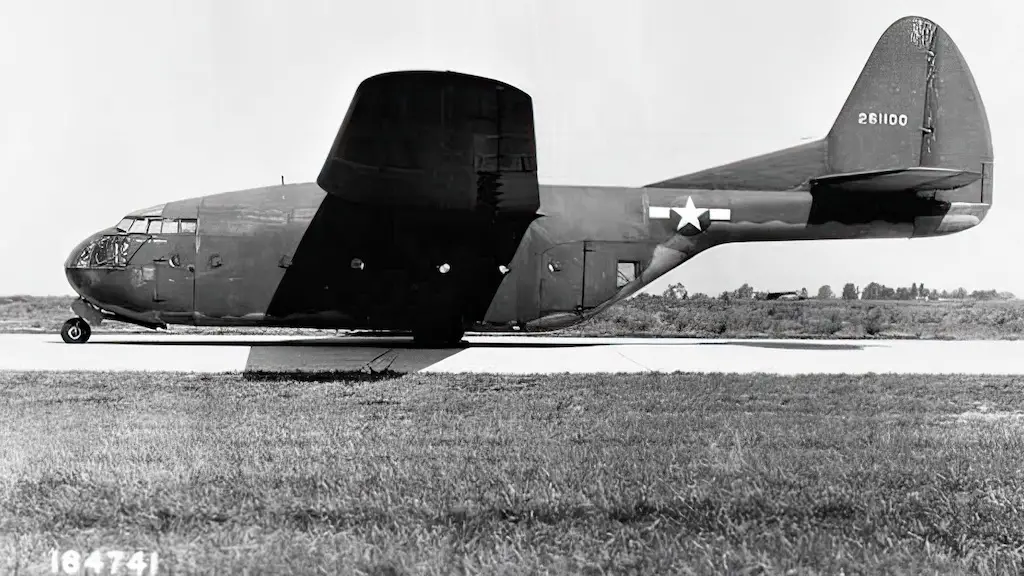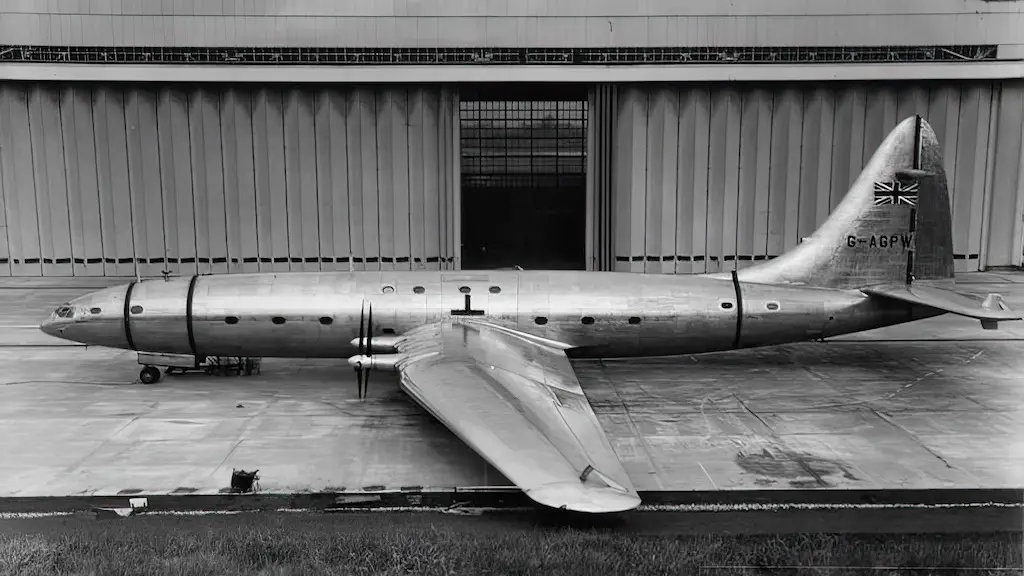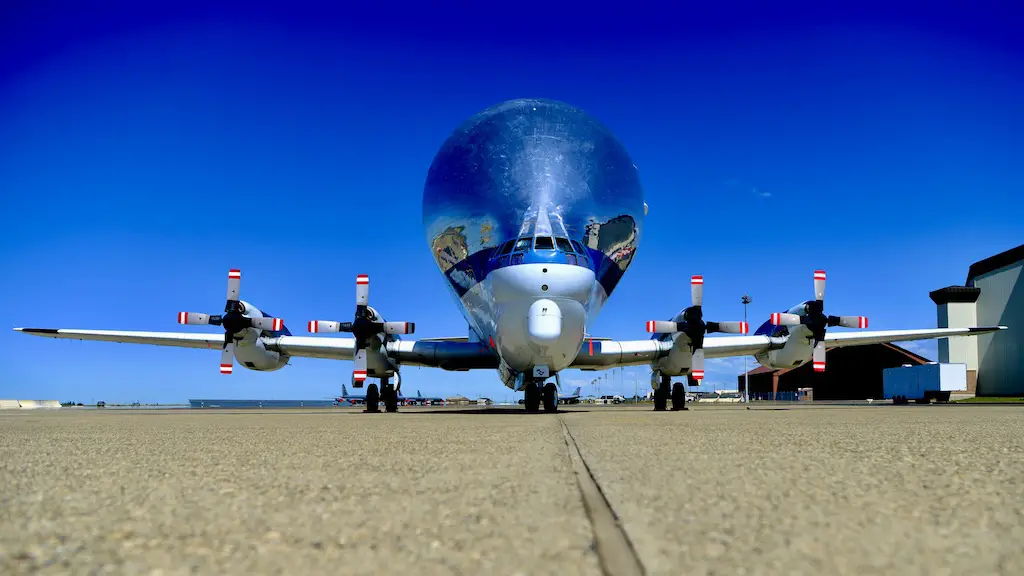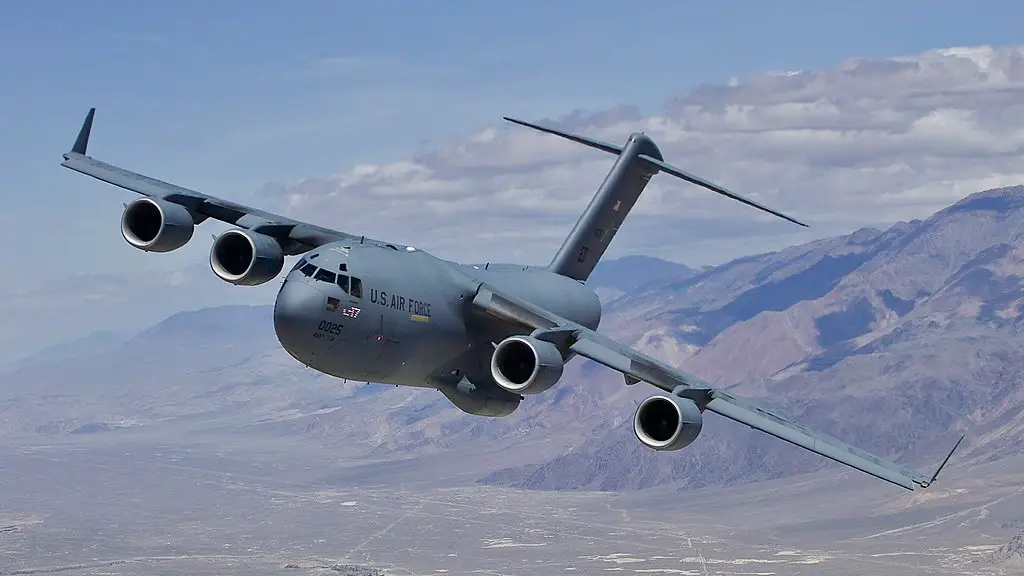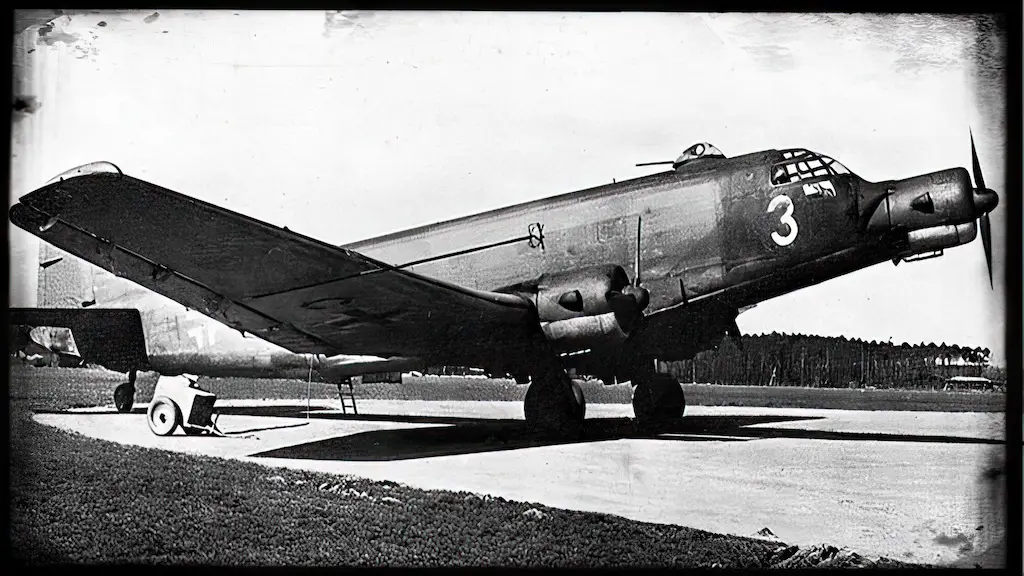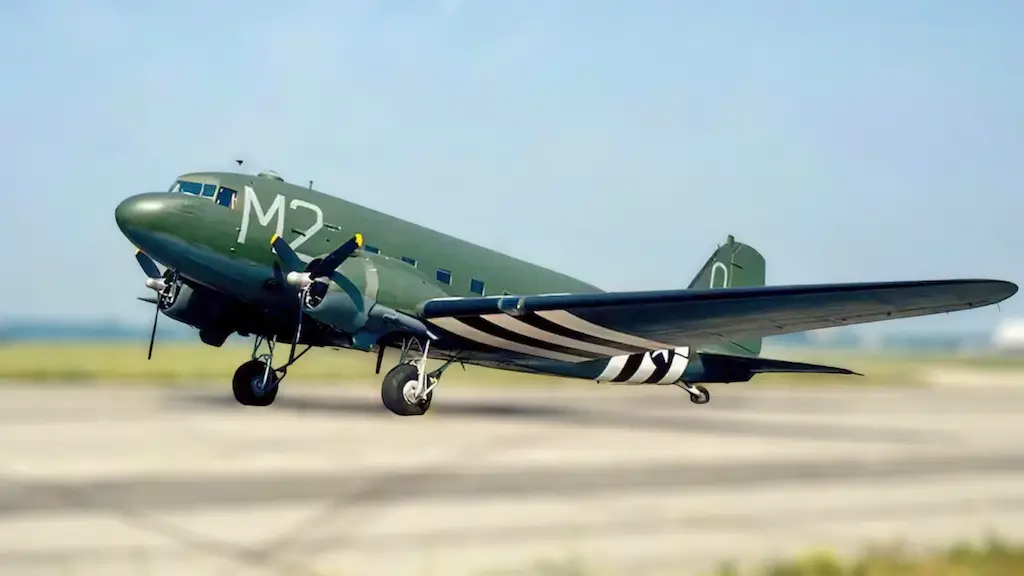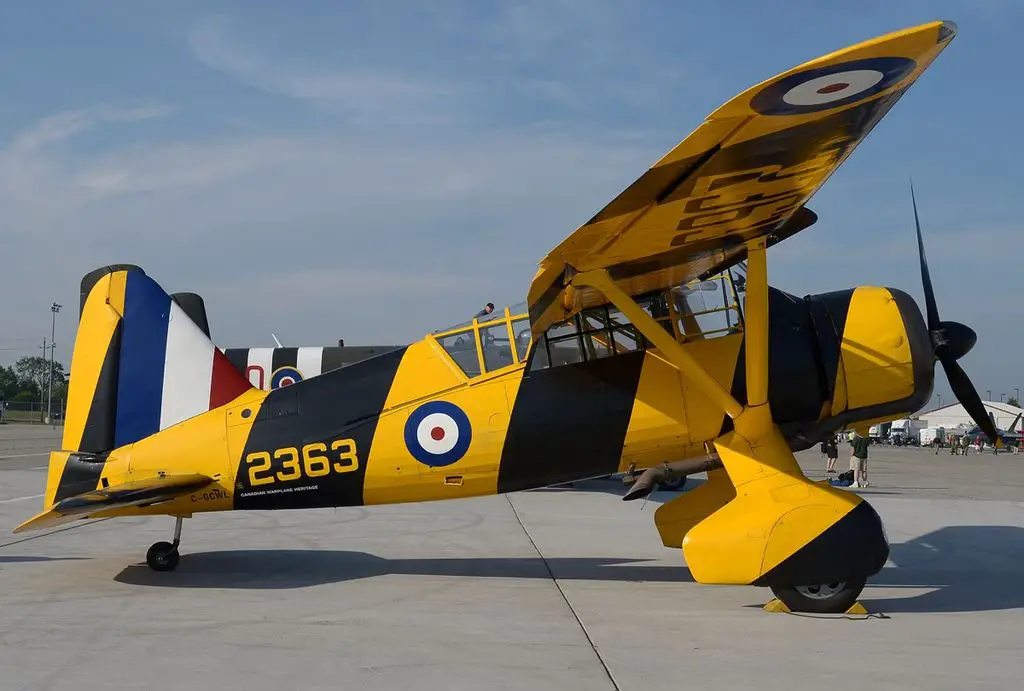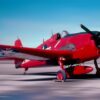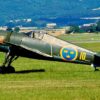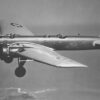The Westland Lysander, an iconic British aircraft from World War II, holds a unique place in aviation history. Renowned for its exceptional versatility, the Lysander served various critical roles during the war, leaving an indelible mark on military operations. Let’s delve into the fascinating story of this remarkable aircraft.
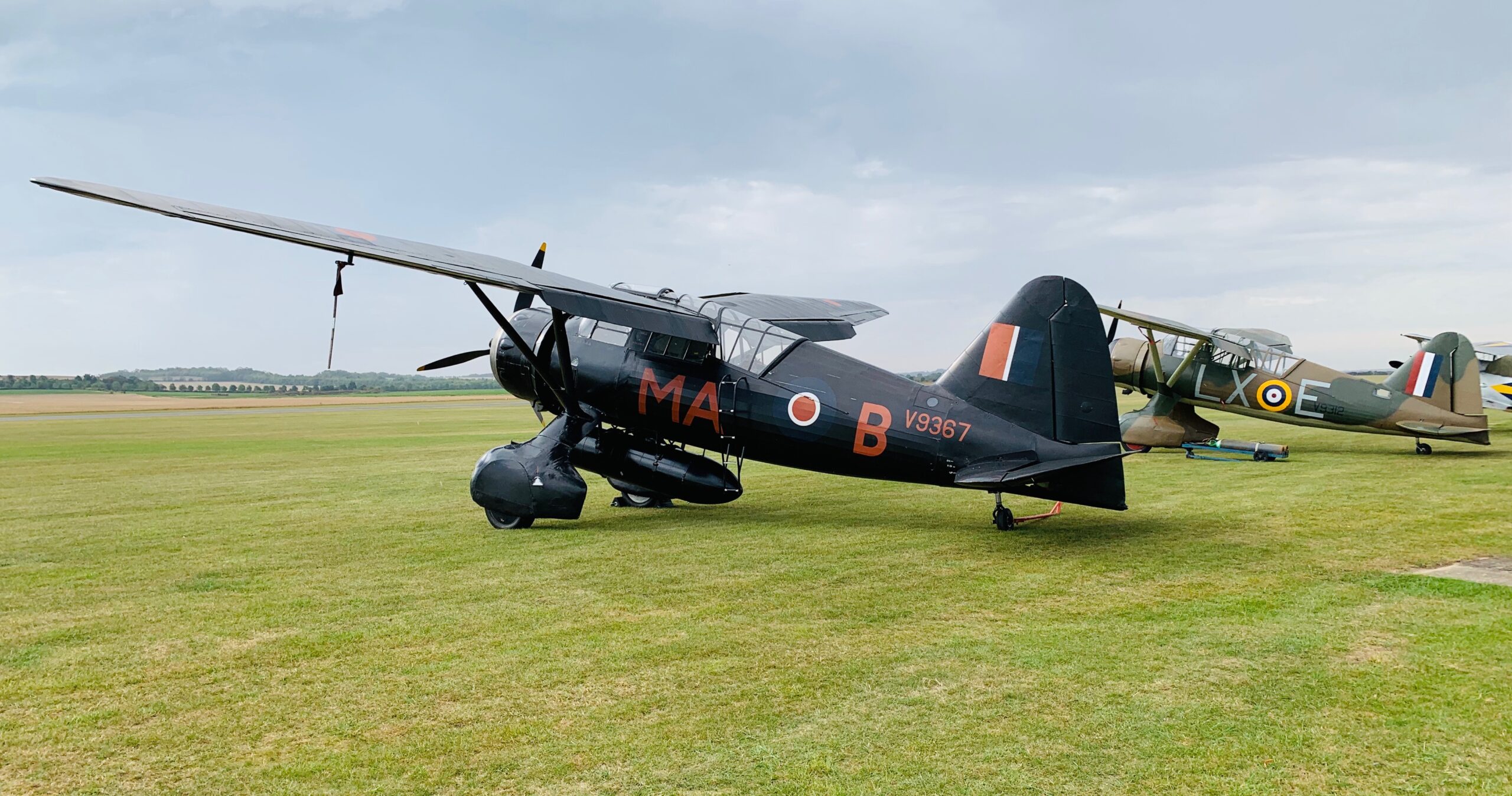
Origins and Design
The Westland Lysander, designed by Arthur Davenport and Teddy Petter, first took to the skies in June 1936. Intended primarily for army cooperation and reconnaissance missions, the Lysander featured a sturdy structure and exceptional short takeoff and landing capabilities. Its high-mounted wing and large flaps enabled it to operate from small, unprepared fields, making it ideal for covert missions deep behind enemy lines.
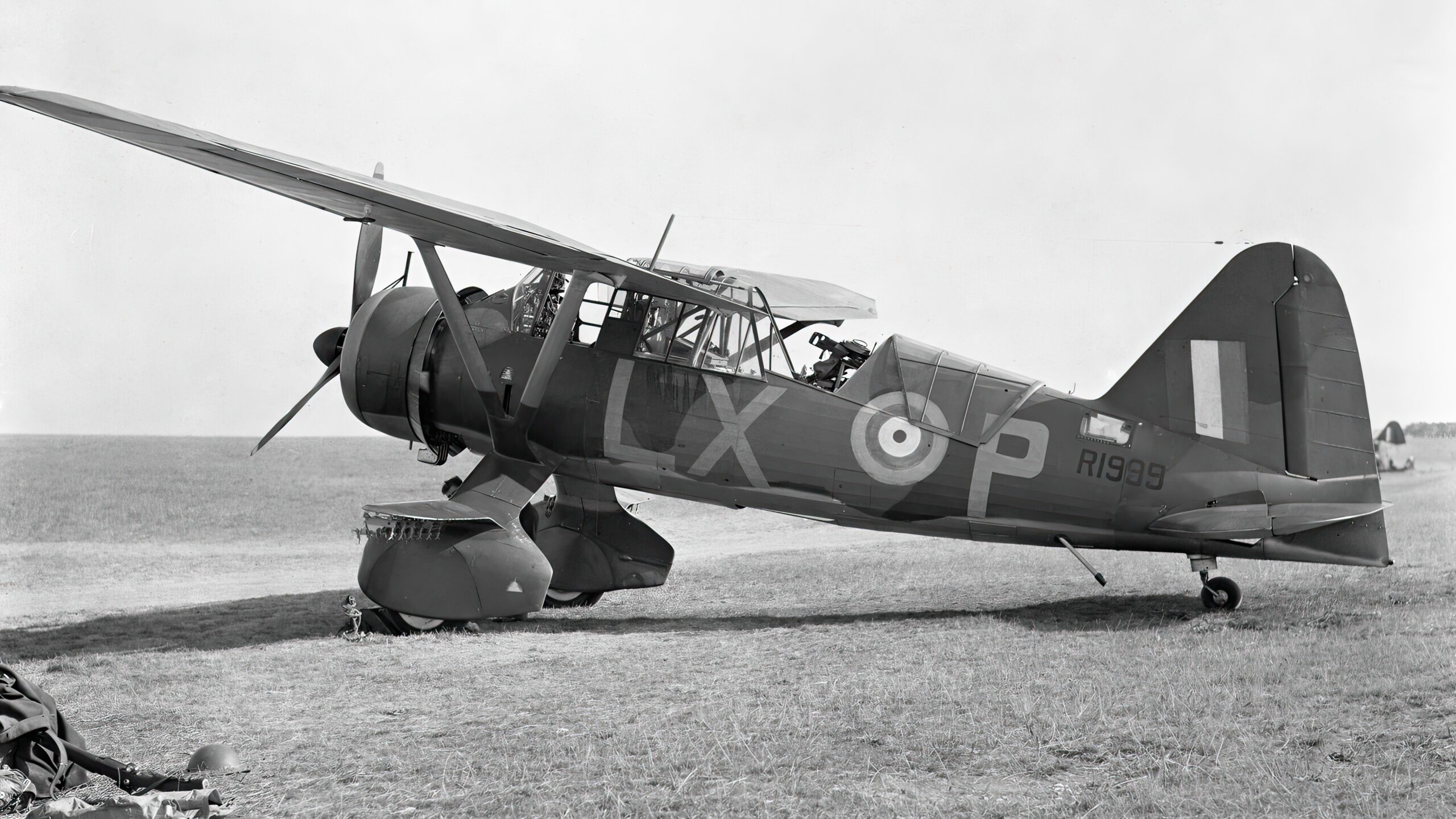
Versatile Roles
The Lysander became famous for its ability to perform a diverse range of roles. It served as a scout aircraft, locating enemy positions and providing valuable intelligence. In addition, it undertook transport missions, dropping off and picking up agents, supplies, and equipment in occupied territories. The aircraft also proved invaluable for rescuing downed pilots, as its ability to land in tight spaces allowed it to retrieve personnel from challenging locations.
Special Operations
One of the Lysander’s most significant contributions during World War II was its involvement in special operations. Equipped with various modifications, including additional fuel tanks, long-range radio equipment, and even camouflage paint schemes, it became a vital tool for clandestine missions. Operating under the cover of darkness, Lysander pilots would insert and extract resistance fighters and secret agents from enemy territory. These missions often required precision flying, as pilots navigated treacherous terrain and avoided enemy radar.
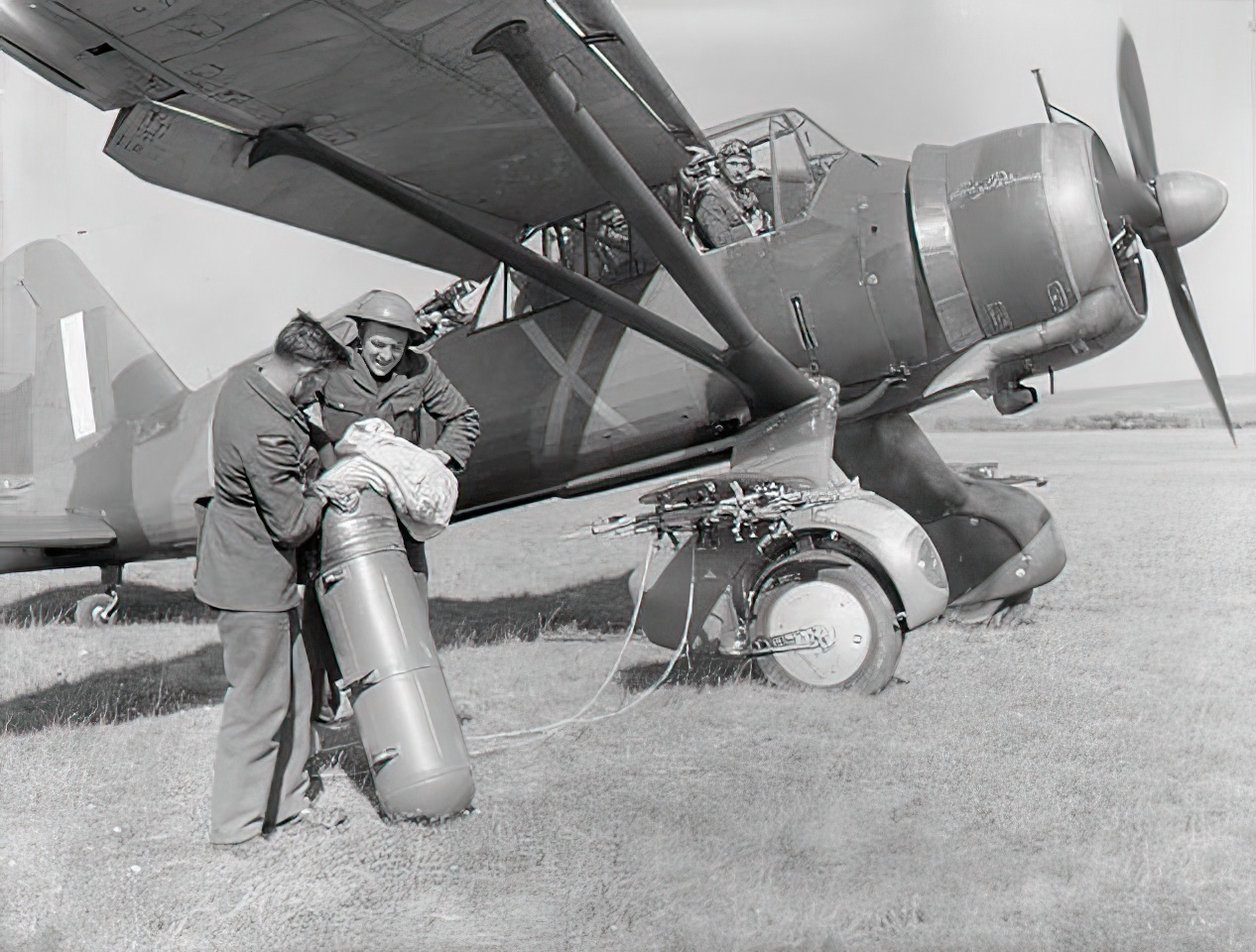
The Lysander in Action
The Lysander saw active service in several theaters, including Europe, North Africa, and the Mediterranean. It played a crucial role in the evacuation of British troops from Dunkirk, where its short takeoff and landing capabilities allowed it to operate from small, improvised airstrips. During the war, Lysanders were also deployed to aid partisans in occupied countries, providing vital supplies and communication links. Although not designed for combat, Lysanders occasionally engaged in air-to-air combat, relying on their maneuverability and low-speed handling to evade enemy fighters.
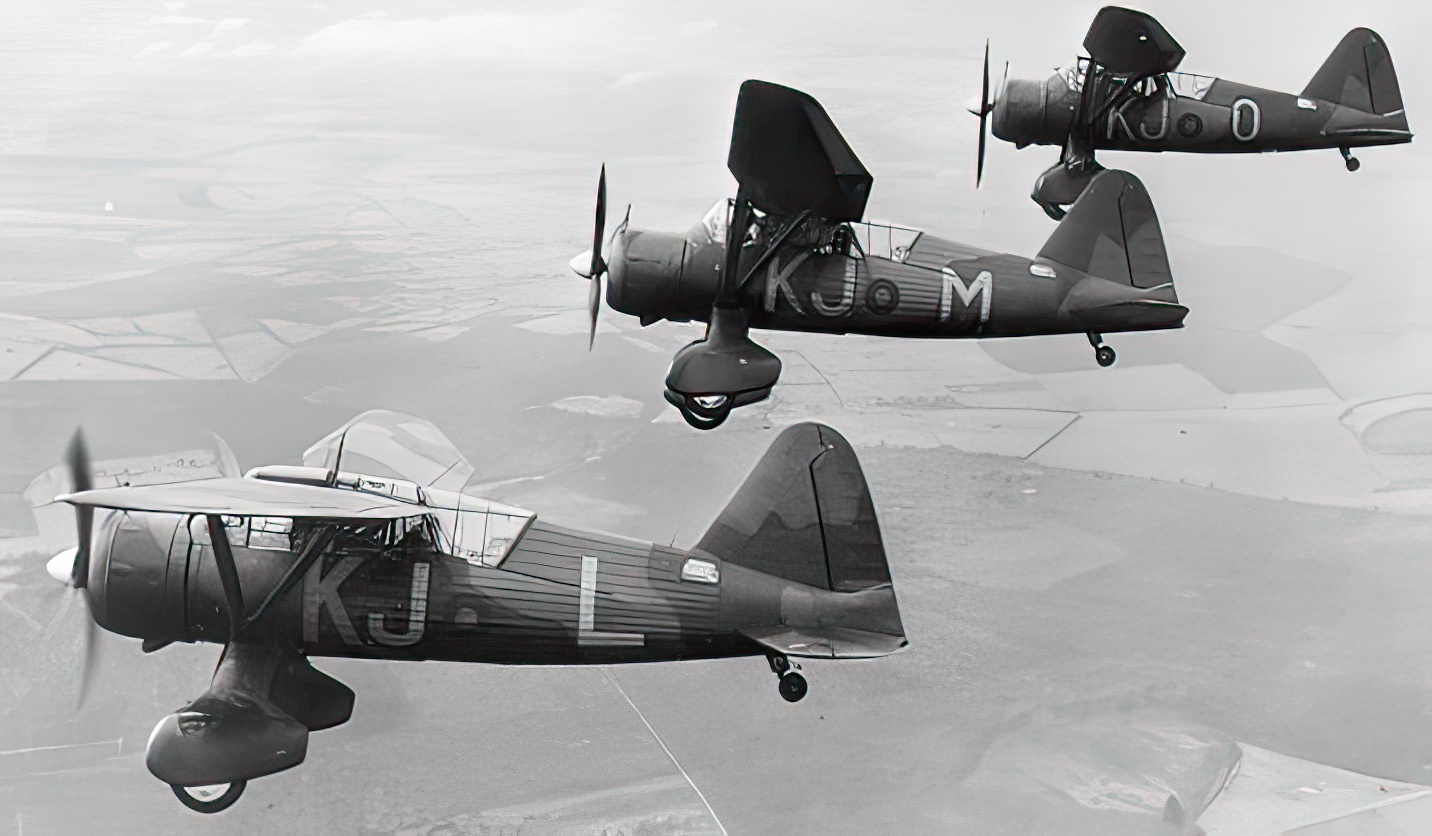
Valued asset
The Westland Lysanders adaptability and resilience made it a highly valued asset during World War II. Its unique capabilities enabled it to undertake daring missions that other aircraft couldn’t. The Lysander’s legacy lives on, serving as a testament to the ingenuity and effectiveness of the British aviation industry during a turbulent era in history.
